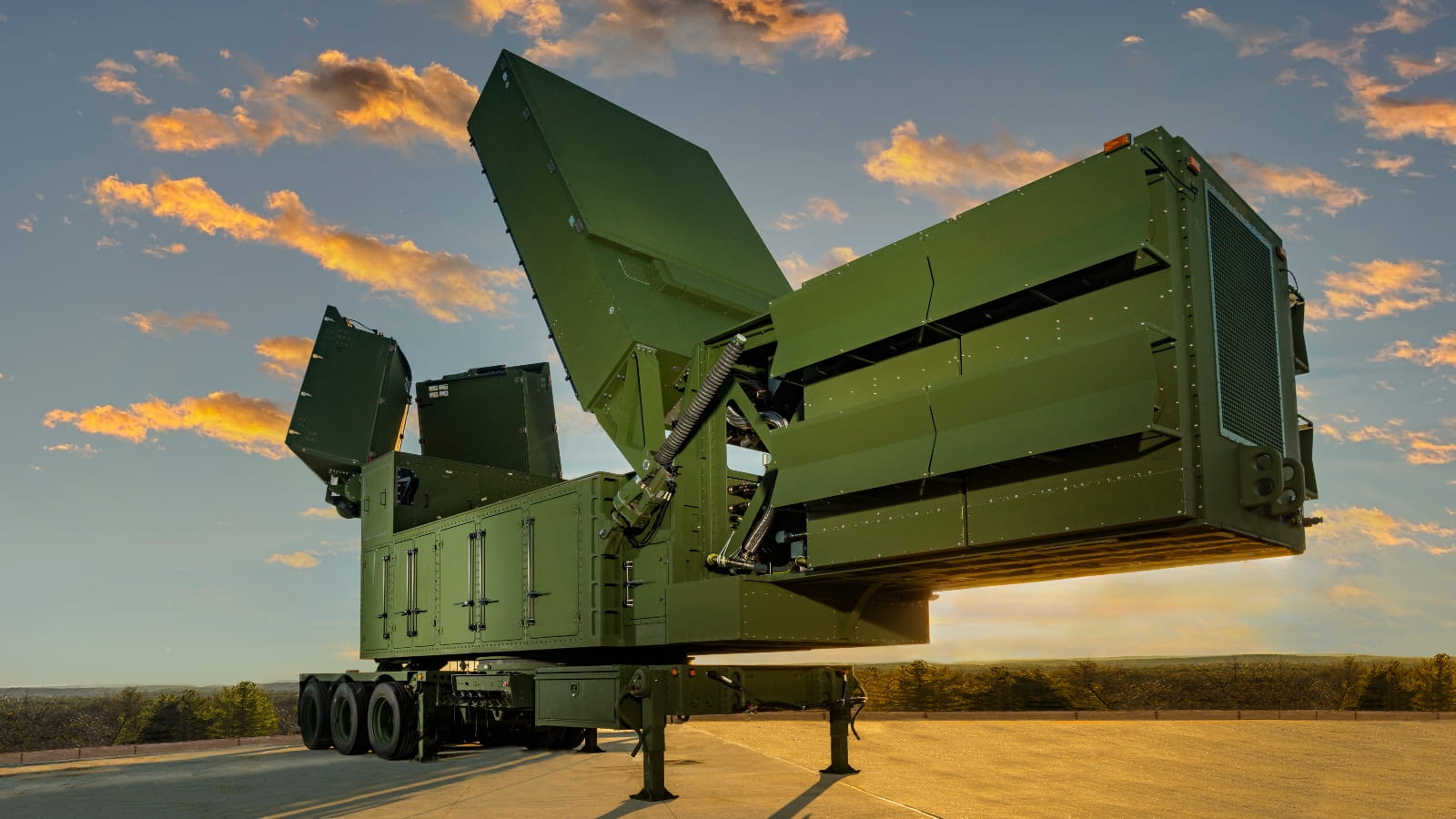The battlefield of tomorrow is taking shape—and Raytheon is leading the charge. On February 18, 2025, Raytheon, an RTX business, announced a major milestone in the U.S. Army’s Next-Generation Short-Range Interceptor (NGSR-I) program: the successful completion of 10 subsystem demonstrations.
This development isn’t just another checkmark on a government contract—it’s a tangible leap forward in missile defense technology. With threats evolving at hypersonic speed, Raytheon’s innovations could significantly alter the competitive landscape of future defense contracts, setting a new standard for interception capabilities.
But here’s the real kicker: this isn’t just a win for Raytheon. The ripple effects could open doors for smaller subcontractors and specialized suppliers who can contribute niche technologies and expertise to ensure the success of next-gen missile defense systems.
Why This Matters: The Bigger Picture of Missile Defense
Let’s face it—warfare has changed. Traditional missile threats still exist, but now we’re dealing with:
- Hypersonic weapons that can travel at speeds exceeding Mach 5
- Swarm drone attacks capable of overwhelming conventional defenses
- Electronic warfare tactics designed to jam or confuse interception systems
This means the old ways of missile defense won’t cut it anymore. The Next-Generation Short-Range Interceptor program is part of a broader military shift toward faster, more adaptable countermeasures. And with Raytheon at the forefront, the industry is watching closely to see what comes next.
Inside Raytheon’s NGSR-I Subsystem Demonstrations
So, what exactly did Raytheon achieve?
During its 10 subsystem demonstrations, Raytheon put critical missile defense technologies through rigorous testing, focusing on:
- Advanced Seeker Technology – Precision tracking and targeting to intercept threats with pinpoint accuracy
- Agile Propulsion Systems – Faster response times for engaging high-speed missiles
- Next-Gen Warheads – Improved detonation efficiency for higher kill probabilities
- Electronic Counter-Countermeasures (ECCM) – Resilience against enemy jamming attempts
- Networked Fire Control – Seamless integration with the Army’s broader missile defense architecture
These aren’t just small tweaks—they represent a fundamental reimagination of short-range missile interception. In an era where seconds can mean the difference between a successful defense and catastrophic damage, Raytheon’s breakthroughs are reshaping the future of military defense strategies.
How Raytheon’s Success Impacts Future Defense Contracts
This isn’t just about winning one contract—it’s about influencing the entire defense ecosystem. Raytheon’s advancements could give it a strategic edge in upcoming multi-billion-dollar defense contracts.
1. Strengthening Position in the Missile Defense Market
With Lockheed Martin, Northrop Grumman, and Boeing also competing in the missile defense sector, Raytheon’s demonstrated capabilities give it a strong upper hand in securing future deals with the Pentagon and allied nations.
2. Setting New Performance Benchmarks
The Next-Gen Short-Range Interceptor program is a proving ground for future missile defense systems. Raytheon’s success in these subsystem demonstrations raises the bar for the industry, pushing competitors and military agencies to adopt more advanced interception technologies.
3. Expanding Global Defense Partnerships
Nations investing in integrated missile defense systems—from NATO allies to Indo-Pacific defense partners—will likely view Raytheon’s NGSR-I success as a benchmark when selecting suppliers for multi-layered defense programs.
Opportunities for Subcontractors and Defense Suppliers
While Raytheon headlines the contract, large-scale defense projects like this rely heavily on a network of subcontractors and suppliers. If you’re a small-to-mid-sized business specializing in defense tech, now is the time to position yourself as a strategic partner.
Where Can Smaller Defense Firms Fit In?
✅ Precision Electronics & Sensors – Developing miniaturized guidance systems, infrared sensors, and advanced optics to enhance targeting capabilities.
✅ AI & Machine Learning Integration – Leveraging real-time threat assessment and predictive analytics to improve missile interception accuracy.
✅ Advanced Materials & Composites – Supplying lighter, stronger, and heat-resistant materials to increase missile agility and durability.
✅ Cybersecurity Solutions – Protecting missile guidance systems and command networks from cyber threats and electronic warfare attacks.
✅ Software-Defined Networking (SDN) for Defense – Helping ensure seamless battlefield communication for synchronized missile defense operations.
For companies with expertise in these areas, Raytheon’s success is an open door to securing subcontracts, supplier agreements, and R&D partnerships.
What’s Next for Raytheon’s Missile Defense Roadmap?
The successful subsystem demonstrations mean Raytheon is well-positioned to move into the next phase of the NGSR-I program. But this is only the beginning. The company is expected to:
- Enter full-scale development with increased DoD funding
- Expand testing in live-fire scenarios
- Finalize system integration with Army air defense networks
- Compete for additional missile defense contracts
And beyond NGSR-I, Raytheon’s technology will likely influence other missile defense programs, including:
- Hypersonic Glide Vehicle Interceptors (HGVI) – A key priority for the Pentagon
- Integrated Air and Missile Defense (IAMD) systems – Coordinating missile defenses across land, air, and sea
- Space-Based Interception Technologies – Exploring missile defense beyond the atmosphere
The future of missile defense is evolving fast, and Raytheon is setting itself up to be a dominant force in shaping what comes next.
A Transformational Moment for Missile Defense
Raytheon’s breakthroughs in missile defense technology represent more than just corporate success—they are a crucial step toward securing the U.S. and its allies against emerging threats.
With advanced missile systems becoming a global priority, Raytheon’s recent progress cements its place as a leader in the evolving defense landscape. But beyond that, this program presents unparalleled opportunities for subcontractors, suppliers, and innovators looking to contribute cutting-edge solutions to next-generation defense systems.
As defense budgets grow and missile threats evolve, the real question is: Who will rise to meet the next big challenge?
External Links
If you found this insightful, share your thoughts! Should Raytheon lead future missile defense projects, or is there room for new players in the field?




